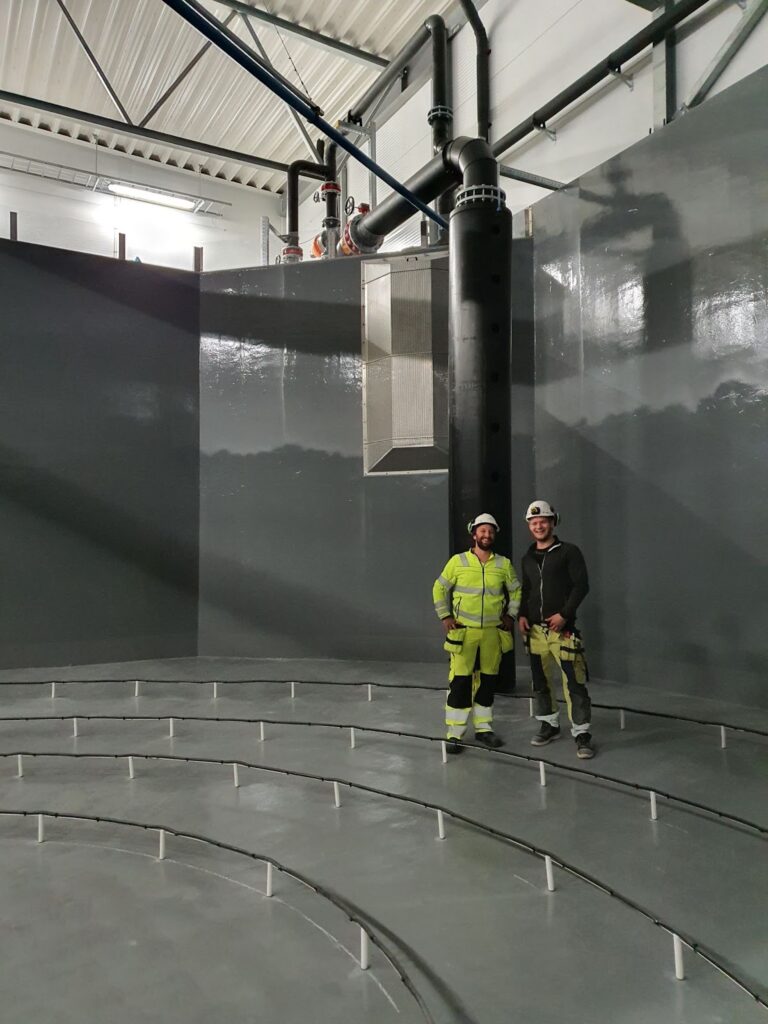Moving To a Scalable, Cloud-Based Commissioning System
After evaluating other platforms, PST concluded that Bluerithm was the only solution that lives and breathes commissioning.
"We did our due diligence. We looked at various different platforms and what really stood out for this type of commissioning for us was that this platform is designed for commissioning. A lot of the other platforms that we looked at were designed for construction, which is completely different. Mechanical installations are a whole different ball game."
James Peter Henry TullerCommissioning Manager 
With Bluerithm, PST was able to elevate its approach in a few important ways:















